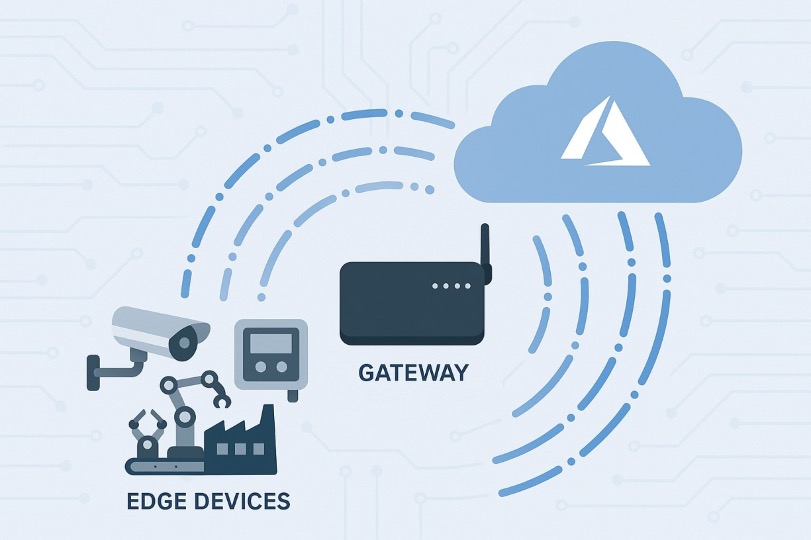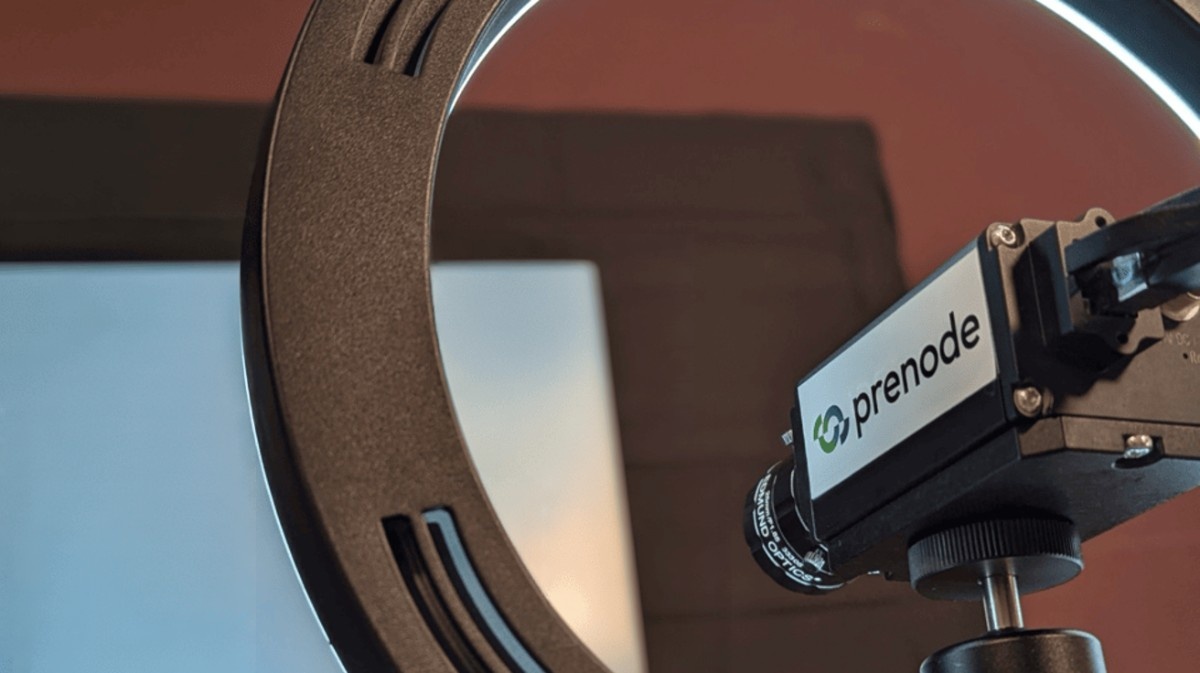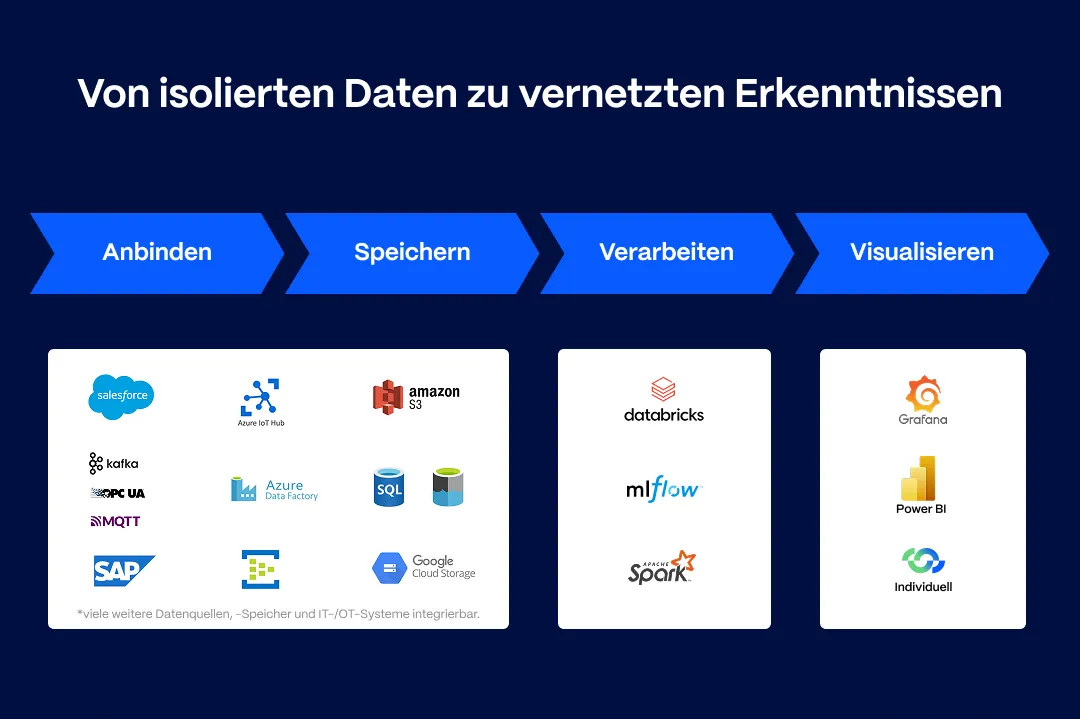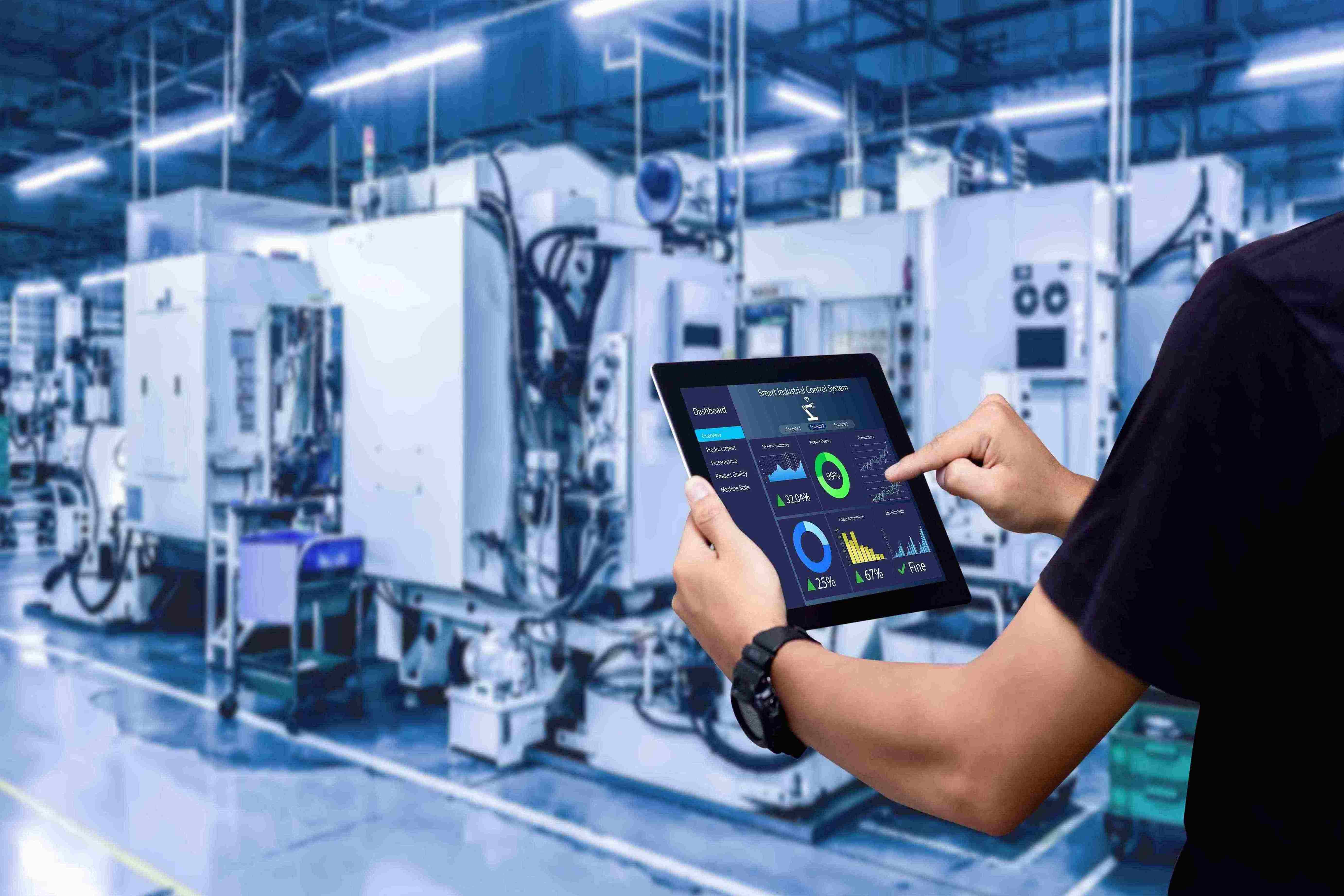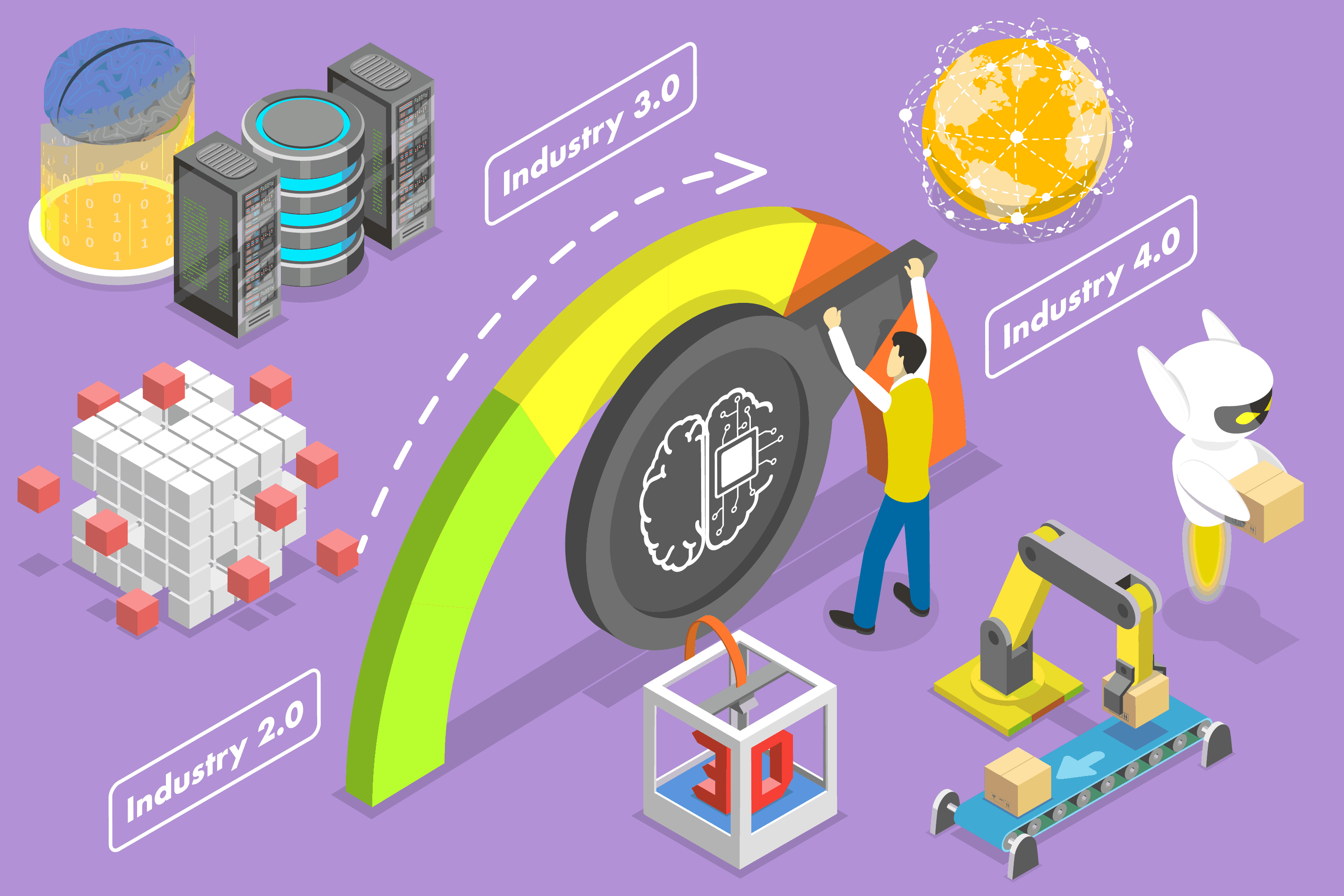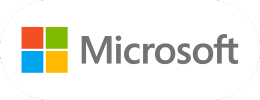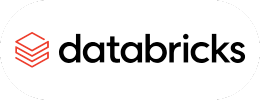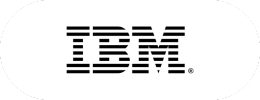Visual inspection in practice

Quality is decisive for success or failure in production. Even small defects — be it a scratch, a dimensional deviation or a faulty weld — can lead to costly problems later on. Classic visual inspections by employees quickly reach their limits: they are time-consuming, subjective and can hardly be carried out seamlessly with high production volumes. Modern systems for automated visual inspection therefore rely on cameras, edge devices and cloud-based analyses to identify errors quickly, reliably and scalably.
How does automated visual inspection work?
The hardware basis is made up of high-resolution industrial cameras with their own processing and interfaces via APIs/SDKs. They capture images and depth data in real time — precisely and without distortion.
Optimally coordinated lighting plays a central role here: It ensures uniform illumination, reduces reflections and highlights relevant features through targeted contrasts.
On the software side, modern image processing technologies work hand in hand with AI models. With the help of machine learning and deep learning, defects are not only identified but also automatically classified. At the same time, seamless integration into existing systems — such as MES or ERP solutions — ensures that test results flow directly into production control.
Intuitive user interfaces also make it possible to view error patterns, carry out root cause analyses and generate individual reports — without deep technical knowledge.
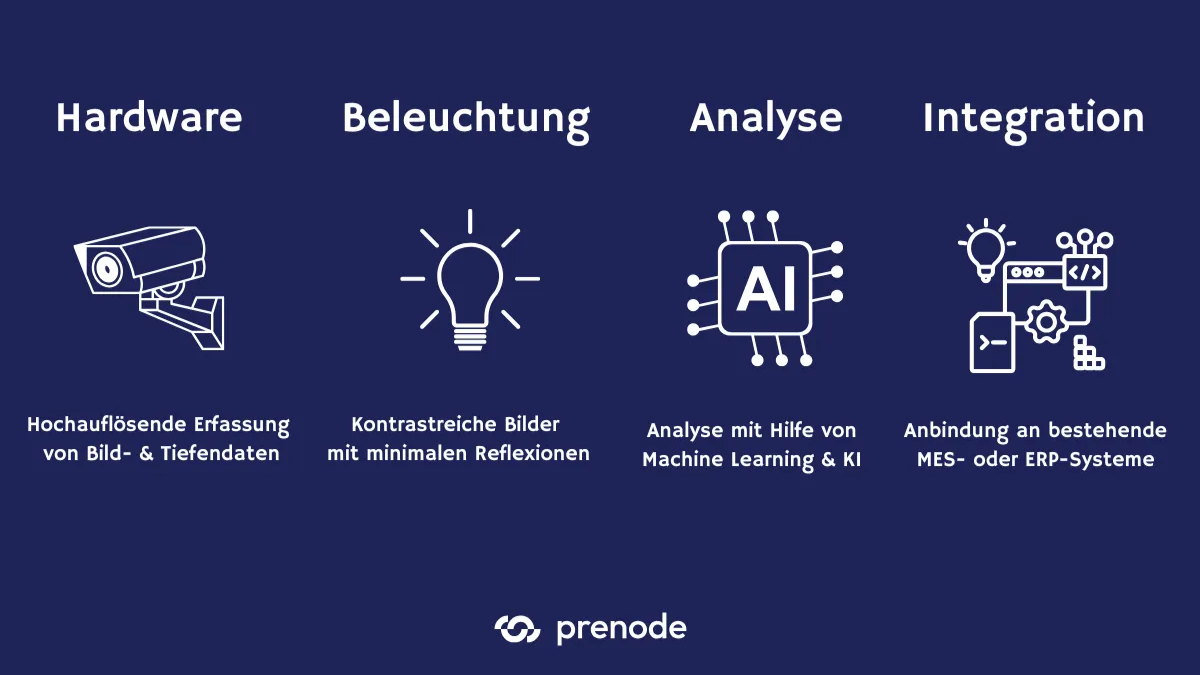
Detection of surface defects and scratches
Surfaces play a crucial role in many industrial sectors — whether in car body parts, tools or high-precision machine parts. Scratches, dents or cracks can impair functionality or, in the worst case, make a component unusable. By using high-resolution industrial cameras and optimally coordinated lighting, surfaces are captured in detail in real time. AI-based image processing detects even the smallest deviations and automatically classifies them. The results flow directly into production control, so that faulty parts can be removed immediately or processes can be adjusted.
For companies, this means not only a noticeable reduction in waste and rework, but also a significant reduction in quality costs. Complaints and recalls can be avoided, process stability increases, and the consistently high surface quality strengthens customer trust in the long term. In addition, documenting test results enables transparent traceability vis-à-vis customers and certification bodies — an important competitive advantage.
Inspection of shape and dimensional deviations in stamped parts
Punched or laser parts require maximum precision. Even the slightest deviations from the target dimensions can mean that parts do not fit together or lose their stability. With visual inspection, geometries can be automatically recorded during production and compared with stored patterns in real time. Deviations are immediately visible and tool parameters can be readjusted immediately — without interrupting the production flow.
This pays off economically in several ways: Defective series production is prevented from the outset, which significantly reduces material costs and reduces the use of working time for rework. At the same time, the efficiency of the machines increases, as adjustments are made directly in the process and downtimes are avoided. Companies thus benefit not only from lower costs, but also from more stable and predictable production, which is reflected in higher delivery reliability.
Automatic solder joint and weld inspection
The quality of soldered joints and welds directly determines the safety and functionality of many products. Defects such as dirty seams or uneven solder joints can be reliably detected through automated image analyses. Cameras record connections immediately after the process, and AI models identify irregularities in real time. Abnormalities are reported back immediately so that adjustments can be made directly in the production process.
For manufacturers, this means a significantly higher level of process reliability: critical errors are identified early on before they reach the market. In addition to avoiding follow-up costs due to complaints or failures, continuous recording of test data enables long-term analysis. Recurring patterns can thus be assigned to specific machines or parameters — a valuable basis for gradually optimizing processes. Companies are thus sustainably reducing their quality costs, ensuring their product reliability and at the same time strengthening the trust of their customers.
AssetCore: Individualized system for automated visual inspection
For many companies, the introduction of an automated visual inspection system represents a strategic step towards next-generation quality assurance.
With AssetCore prenode offers a powerful solution that not only offers technical precision, but can also be specifically tailored to individual production requirements.
Our approach is systematic and practical — with the aim of implementing a robust, scalable and future-proof inspection system. As a first step, we work with the customer to identify the specific requirements on site. The conditions of the manufacturing environment are analyzed, relevant test parameters are defined and the appropriate components — such as cameras, sensors, lighting and edge devices — are selected.
On this basis, we develop a tailor-made system that is integrated into the existing production environment. This uses AI-based fault detection, which is trained and fine-tuned on real production data. Targeted machine learning ensures that the system not only reliably detects errors, but also measures them with a high level of accuracy. Existing interfaces to machine control systems or quality assurance systems are seamlessly connected.
After successful start-up, AssetCore offers a variety of functions that make operations efficient and transparent. Errors are identified and analyzed in real time, automatically documented and converted into structured test reports. These reports flow directly into the quality system and create the basis for well-founded decisions and continuous process improvement.
Remote access makes it easy to maintain and update the system — a major advantage, particularly in decentralized manufacturing structures. In addition, AssetCore's architecture also makes it easy to retrofit similar machines in inventory, which significantly simplifies scaling within the plant.
All of this makes AssetCore a reliable partner for modern industrial companies that want to systematically guarantee quality.
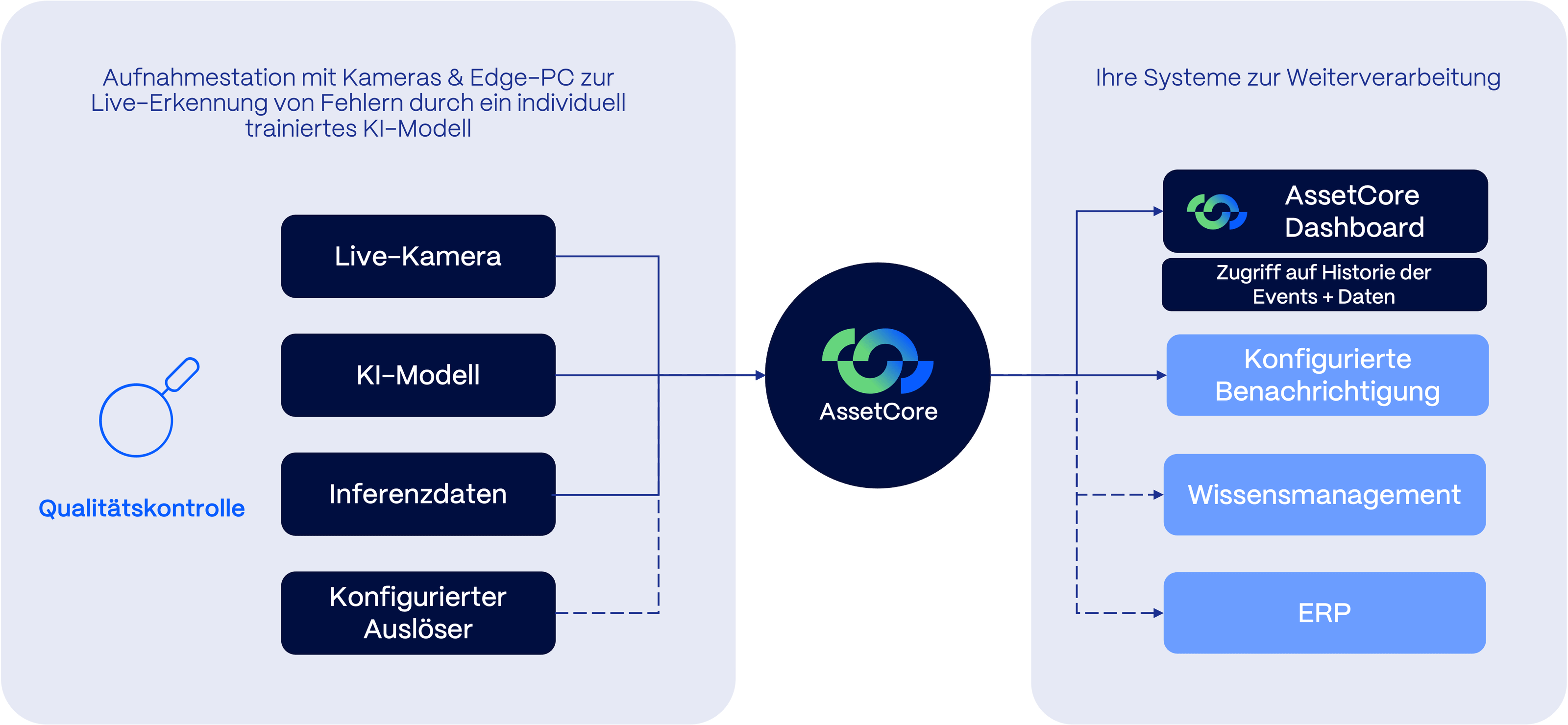
Share this article

%20(3000%20x%202000%20px).png)
.png)
